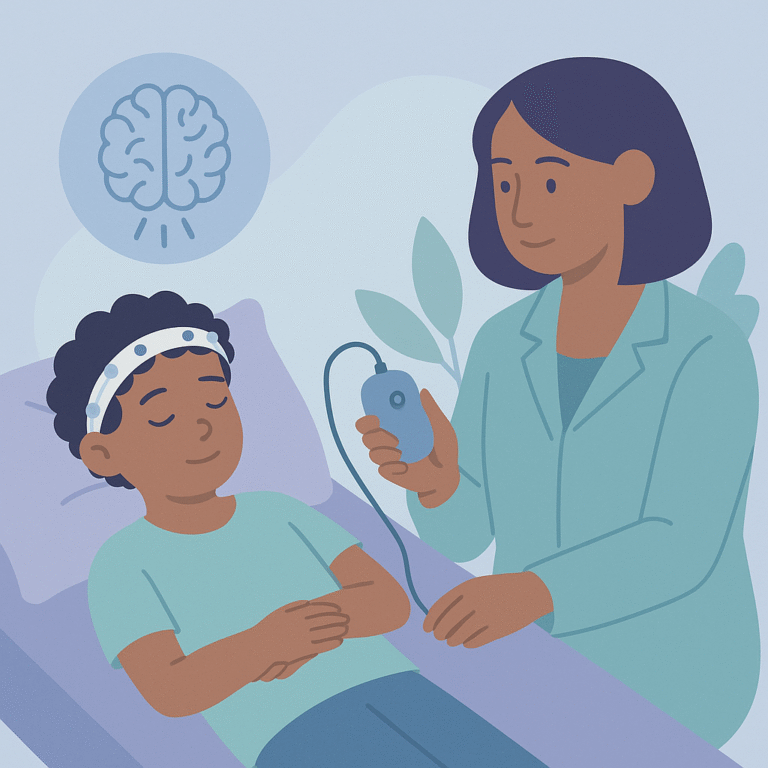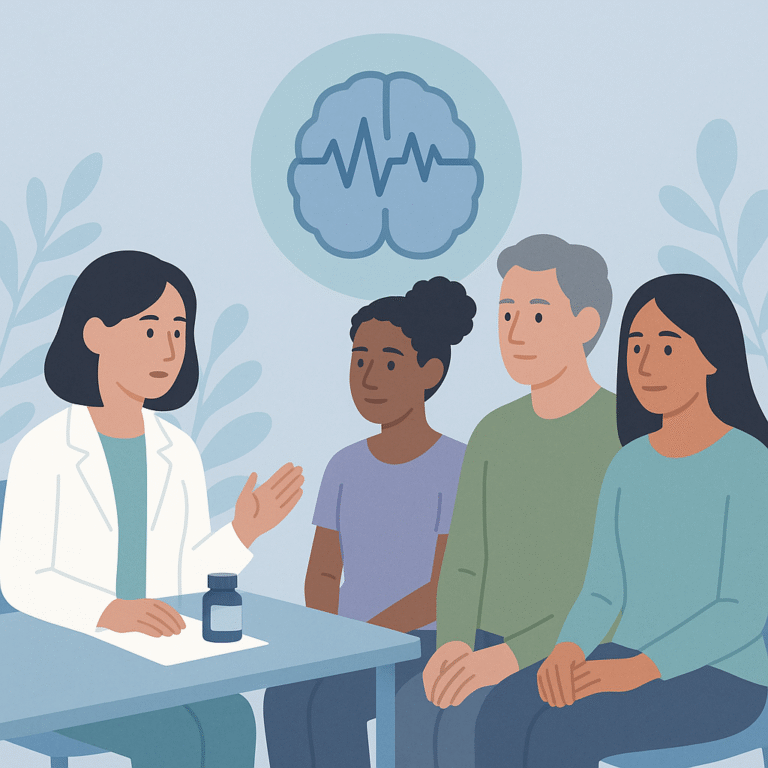Intermittent Fasting May Help Reduce Seizures and Improve Social Skills
Researchers studied the effects of daily intermittent fasting (IF) on mice with absence epilepsy, a type of epilepsy that causes brief seizures and loss of consciousness.
Discover the latest findings in recent epilepsy research, where we break down complex studies into clear insights. Stay informed about cutting-edge breakthroughs, evolving theories, and advancements shaping our understanding of epilepsy.

Researchers studied the effects of daily intermittent fasting (IF) on mice with absence epilepsy, a type of epilepsy that causes brief seizures and loss of consciousness.

This study looked at how a mother’s weight before pregnancy affects the development of her child.

Researchers studied the effectiveness of a new device called point-of-care electroencephalogram (POC-EEG) in emergency departments and hospitals.

Researchers studied CDKL5 deficiency disorder (CDD), a rare condition that causes severe developmental and epileptic challenges in individuals.

Researchers studied how effective a specific brain stimulation treatment is for children with difficult-to-treat epilepsy.

Researchers studied a specific type of brain injury called cytotoxic lesions of the corpus callosum (CLOCCs) in people with epilepsy.

Researchers studied the effects of placebo in epilepsy treatment trials.

A recent study looked at how well a medication called cenobamate works for adults aged 18 to 70 who have focal seizures that are not controlled by other treatments.

Researchers studied the indirect costs and burdens faced by families caring for children with severe epilepsy disorders known as developmental epileptic encephalopathies (DEE).